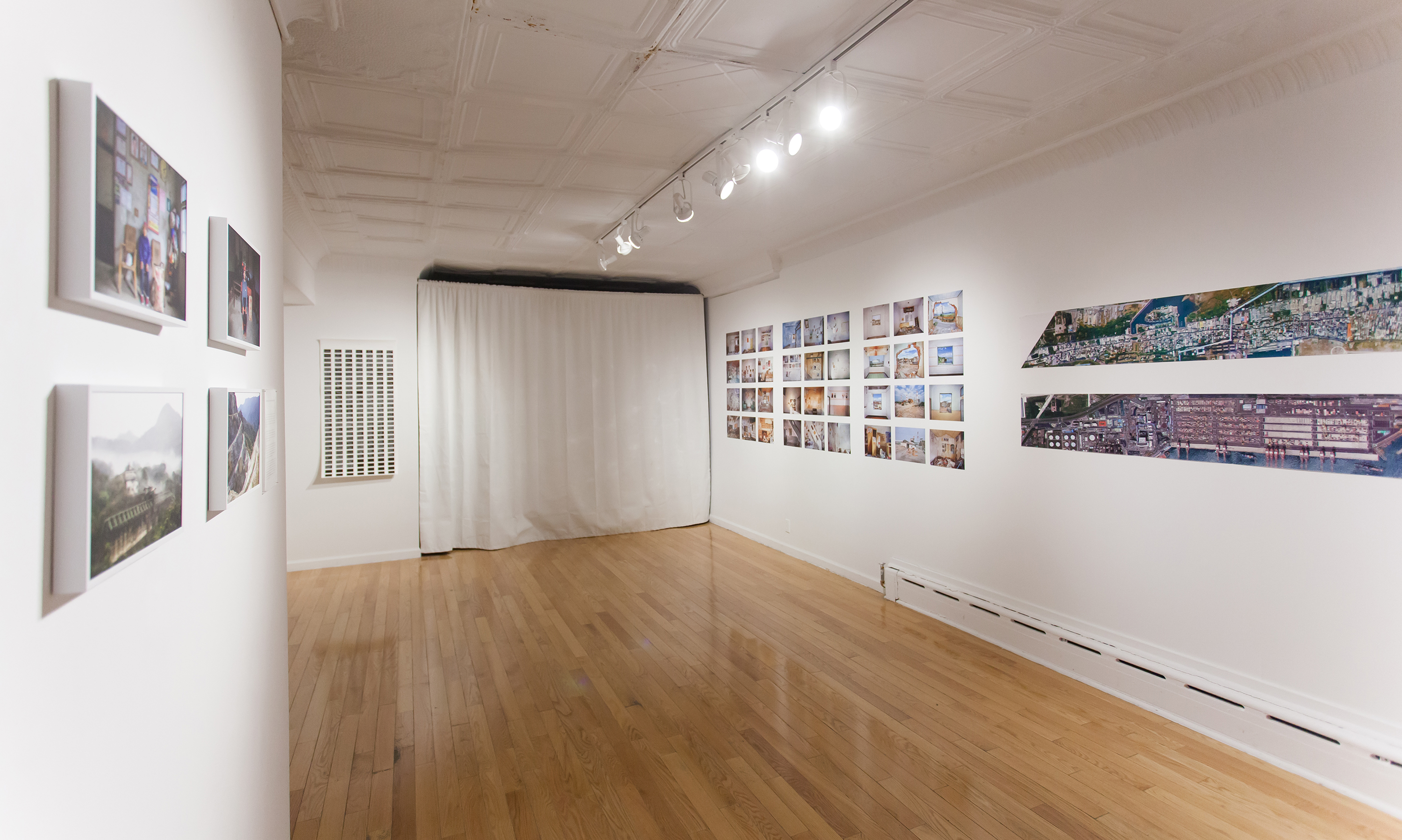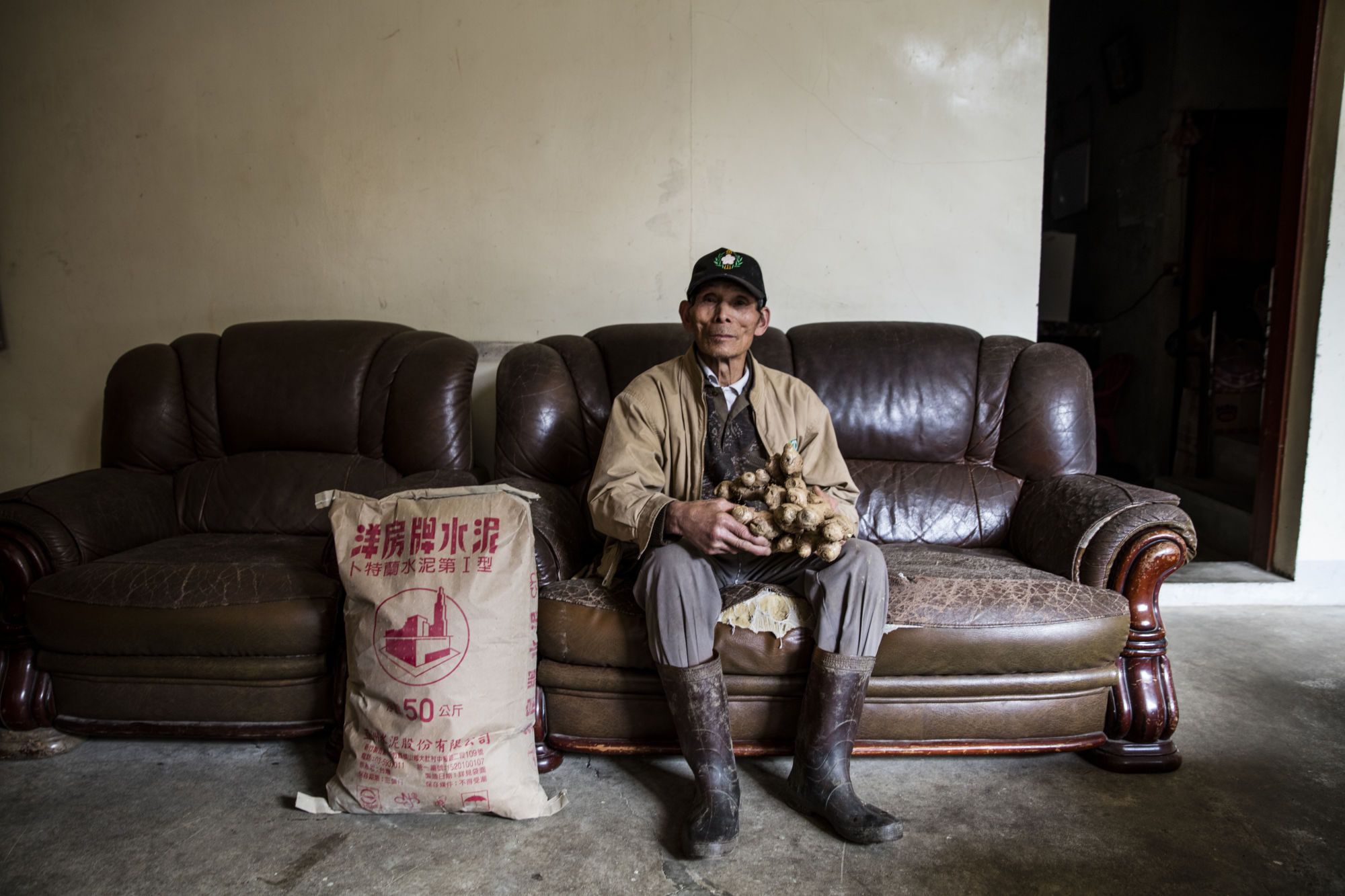Shows
Taiwanese Artists Look “For a Better Tomorrow”


On the same day as the show’s opening on December 3—50 blocks south of inCube Arts in midtown Manhattan—a small group of protesters gathered in New York City’s Washington Square Park in support of a marriage equality bill in Taiwan. Not more than 24 hours earlier, the American president-elect Donald Trump made international headlines for breaking protocol, and potentially jeopardizing US-China relations, by tweeting about his phone call with Taiwan’s president, Tsai Ing-wen. It would not be an overstatement to suggest that the small island has been thrust into the global spotlight like never before.
It is against this high-stakes geopolitical backdrop that the group exhibition, ironically named “For a Better Tomorrow,” made its debut. Embracing the political, curator Hsu Fong-Ray invited four Taiwan-based artists to participate in what he sees as a critique of neoliberalism.

Contextualizing the macro with the micro, photographer Chen Po-I surveys a small fishing community in Kaohsiung, Taiwan. Over an aerial snapshot from the 1980s, Chen painstakingly labeled each residential unit, which appears as tiny boxes on the map, with the name of its occupants. Directly contrasting this piece is a photograph of the same landscape taken in 2010, which reveals a sprawling commercial harbor with each home now replaced with a shipping container. Pulling the viewer further in, the series “Records of the Relocation of Hongmaogang Village” (2006–08) photographs actual windows of buildings that are in the process of being demolished. Only faded relics in the domestic interiors—forgotten family photos, Chinese wood carvings, a wall calendar with blonde, bikini-clad models—serve as reminders that people once inhabited these abandoned “ghost houses.”
The absence of people is also felt in Wu Chi-Yu’s project, Tu-di Temple (2013). Each video in the three-part installation focuses on a different temple. Wu said he was driving home on his scooter one day when he noticed the modest structures standing amid ruins of former villages. He returned with his camera to document what was happening to the area and, in particular, to possibly give context to why he was seeing so many stray dogs roaming the rubble. Weaving these photographs into a story, Wu narrates his observations concerning the government’s urban renewal program that has resulted in the destruction of everything surrounding the temples. He remarked, “The irony is that the temple is meant to protect people’s property, but when the people are all gone, there’s nobody to worship the god.”

A photojournalist by trade, Lin Yu-En first encountered his subjects while working on a news story about the revival of two neighboring quarries in western Taiwan. The mining not only disturbed residents in the nearby town, but also posed serious health threats through the contamination of their water supply. When residents complained, the mining company offered each household 300 bags of cement as compensation. Herein lies the meaning behind the title of Lin’s photographs, The Cement Bags We Traded for with Homes and Fields (2016), in which he deliberately staged portraits with the elderly residents and their bags of cement.


Following the three visual cases of displacement, a poster of black rectangles seemed odd at first glance, given its abstract nature. In conceptual artist Teng Chao-Ming’s State Diagram (2012/2016), he handwrites within each box what appears to be a catalog of opposing choices, beginning in the upper left-hand corner with “Unconsciousness” and “Consciousness,” followed by “Self Victimization” and “Self Empowerment.” Other calls to action include “See the rabbit” and “See the duck,” a reference to a well-known optical illusion. Arrows drawn from one option to the other, then back again, create what Teng calls a “metaphor of loops.” Borrowing a technique used in software development to describe how a system oscillates between two different states, the piece strives to mimic the decision-making process of the mind without necessarily being a scientific model. “I don’t provide you the answers or solutions, but I invite you to think with me,” said Teng, who has deliberately left some of the spaces blank, indicating the possibility that he may continue the project indefinitely.
In their respective approaches, the artists reflect upon individual agency in the face of structural forces, be it the state or corporations. Hsu acknowledges that Taiwan has been undergoing an identity crisis for some time, but rather than render a conclusion about “Taiwanese-ness,” the exhibit intends to highlight Taiwan’s stories as examples of what is taking place on a global scale. In the face of capitalism, Teng said: “It’s very difficult to think of alternatives. It’s almost like there’s no other way. That’s the story we were told by the establishment. That’s why I think art is important in this case. Let’s imagine again, and try harder.”
"For a Better Tomorrow" is currently on view at InCube Arts, New York, until December 24, 2016.







